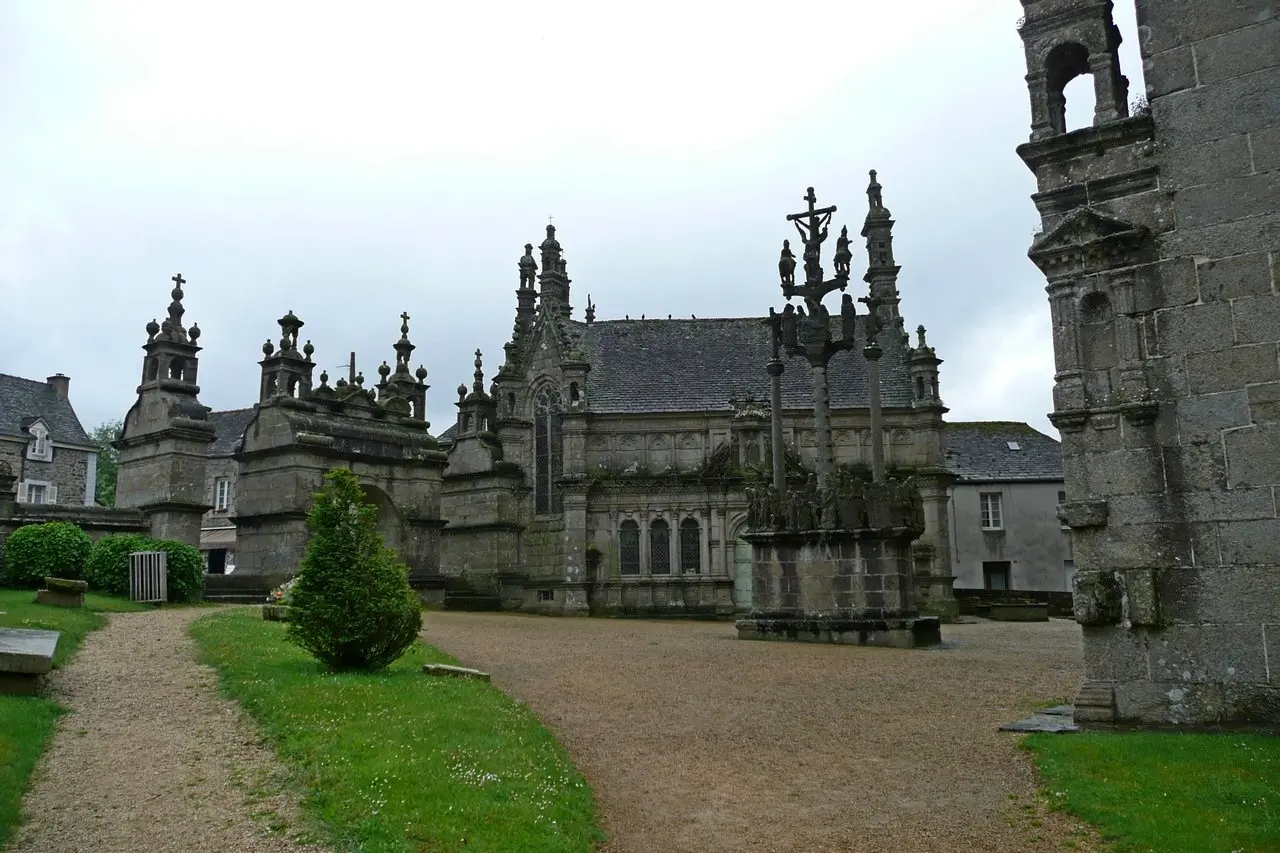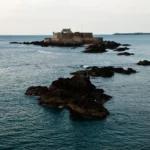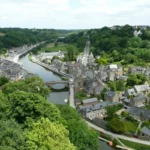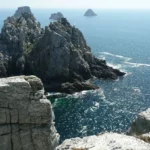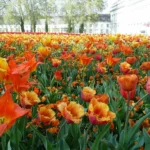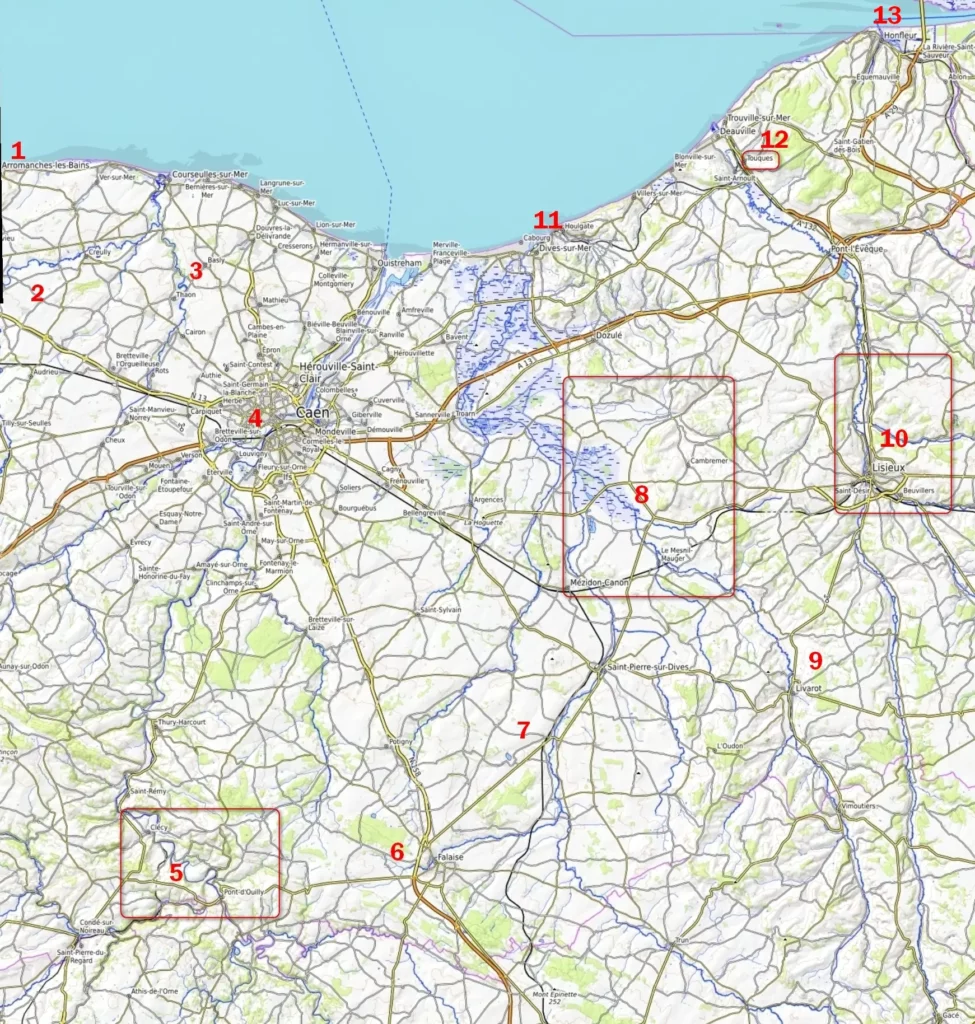Last Updated on 01/04/2023
We continue to travel around Brittany. We move to the Finistere department. The most interesting tourist destination here is the Crozon Peninsula and Locronan. But let’s start with Brest and parish close.
More about Brittany:
1. Ille et Villaine
2. Dinan, Cote d’Armor
3. Côte de Goelo
4. Pink granite coast (Cote de granit rose)
Mont Saint Michel
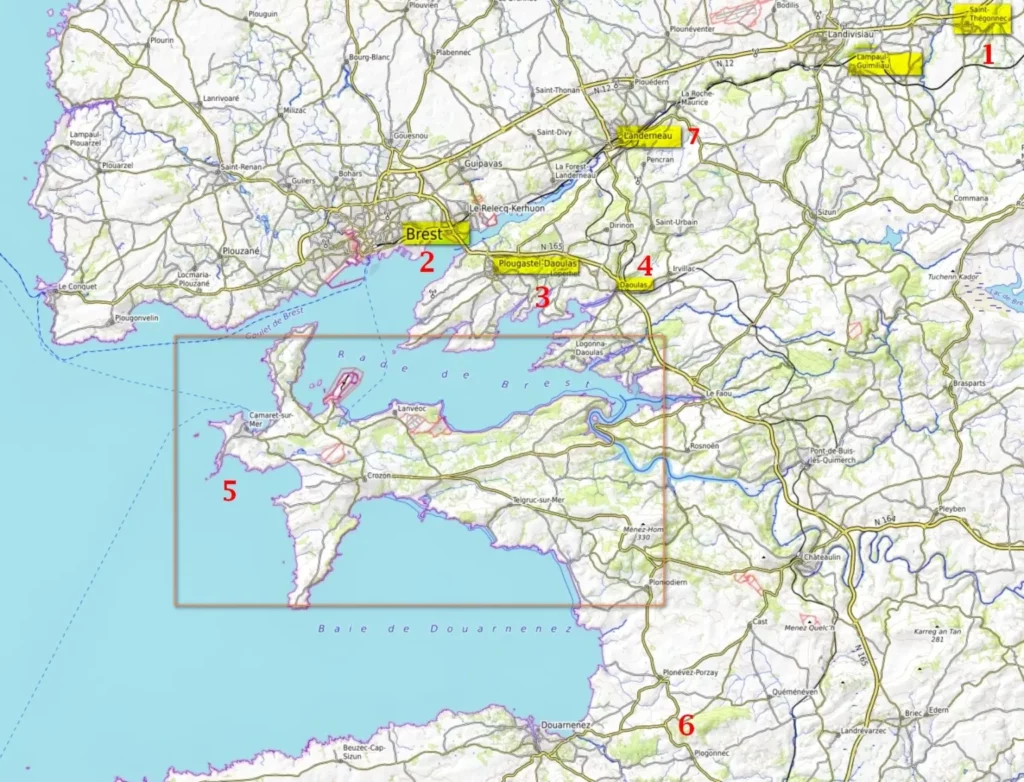
Parish close. Saint Thegonnec
How to get there
Saint-Thegonnec and Guimiliau can be reached by bus 70 from Morlaix (Morlaix transport network). In addition, the Morlaix-Brest train stops in the towns. There is a station in Guimiliau, in Saint-Thegonnec the station is 3.5 km away.
Parish close are characteristic of Brittany, although they are occasionally found in other places. There are especially many of them in Finistere.
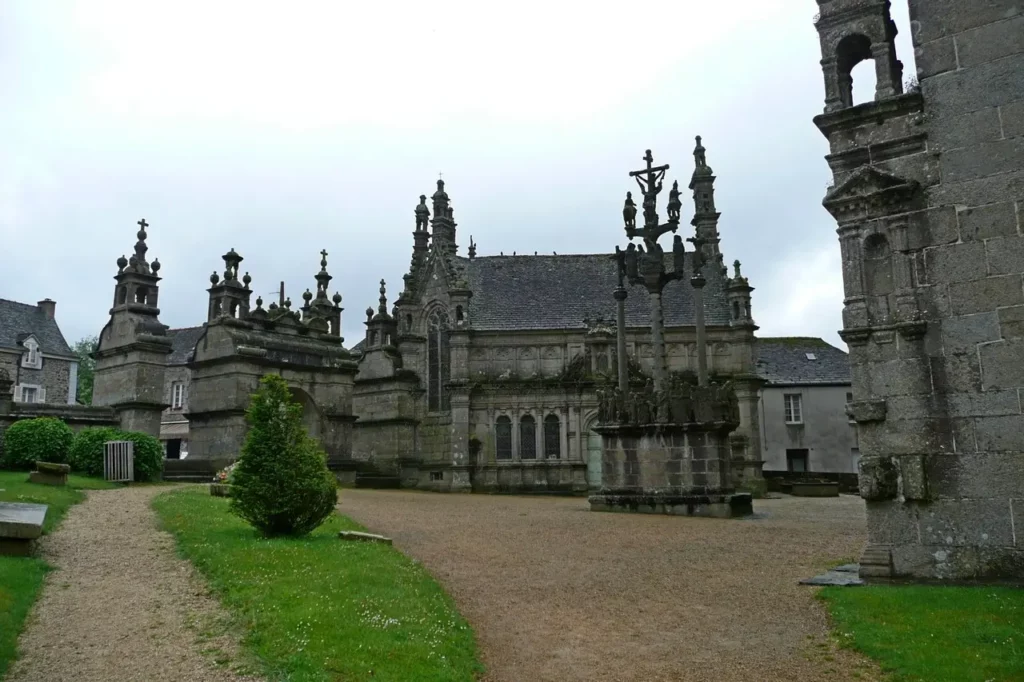
Historically, they are associated with the Celtic religion, and in the form in which we can see them, they arose mainly in the 15-17 centuries – thanks to the active trade in fabric and the growth of wealth.
The wealthy merchants of small towns competed among themselves to see which towns would be better. The most famous close are in Saint-Thegonnec and Guimiliau (27-28). These two towns located close to each other.
The parish close is closely related to the theme of death. In its full version, it is:
- church,
- a cemetery,
- a funeral chapel,
- an ossuary (a place for storing bones transferred from the cemetery),
- a calvary (the Latin name for Golgotha) – a sculptural group depicting the crucifixion of Christ, as well as other evangelical scenes
- surrounded by a wall with a triumphal arch, symbolizing the gates of heaven.
The church and the calvaries were decorated in the most intricate way. At Guimiliau the Calvary, created in 1588, has almost 200 figures.
The Calvary at Saint-Thegonnec was created in 1610, and the ossuary contains, in addition to a small tourist shop with books and postcards, a wooden sculptural group “Lamentation of Christ” in 1702.
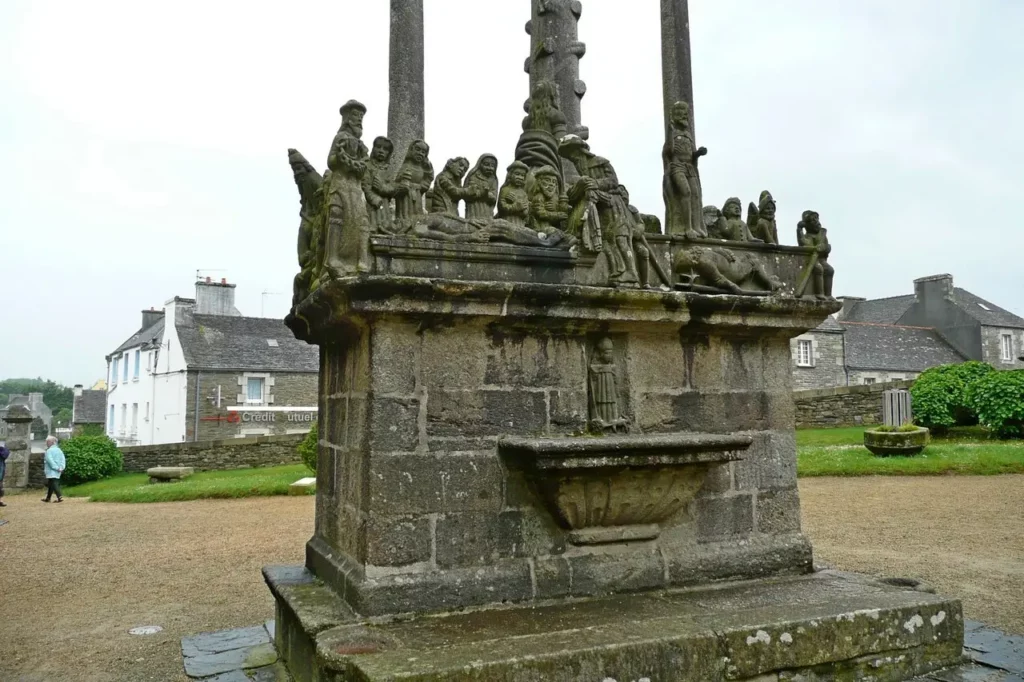
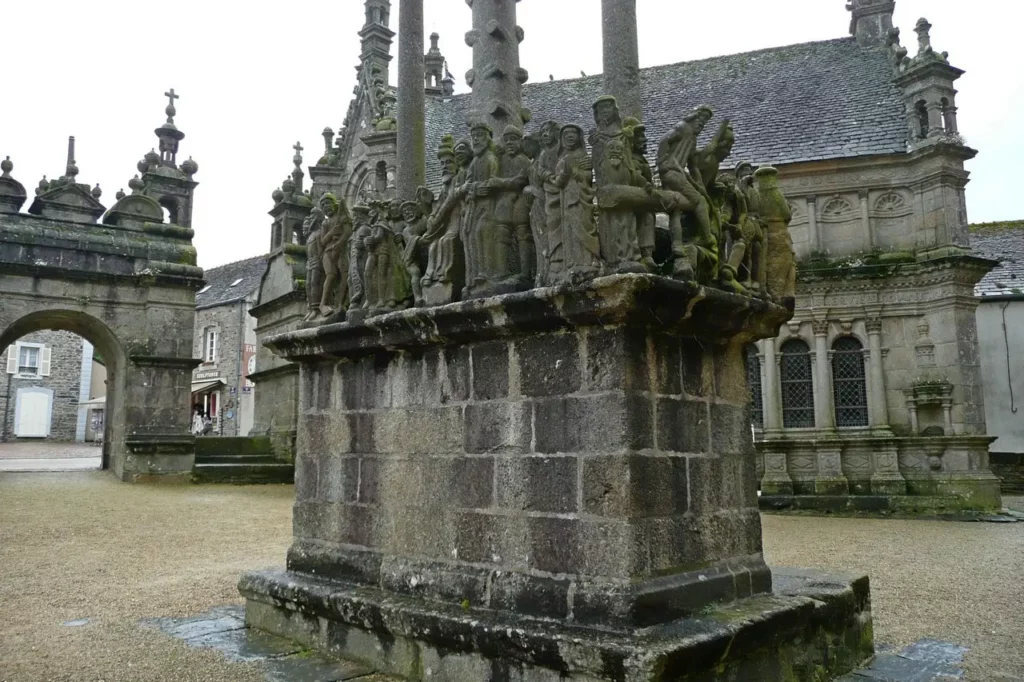

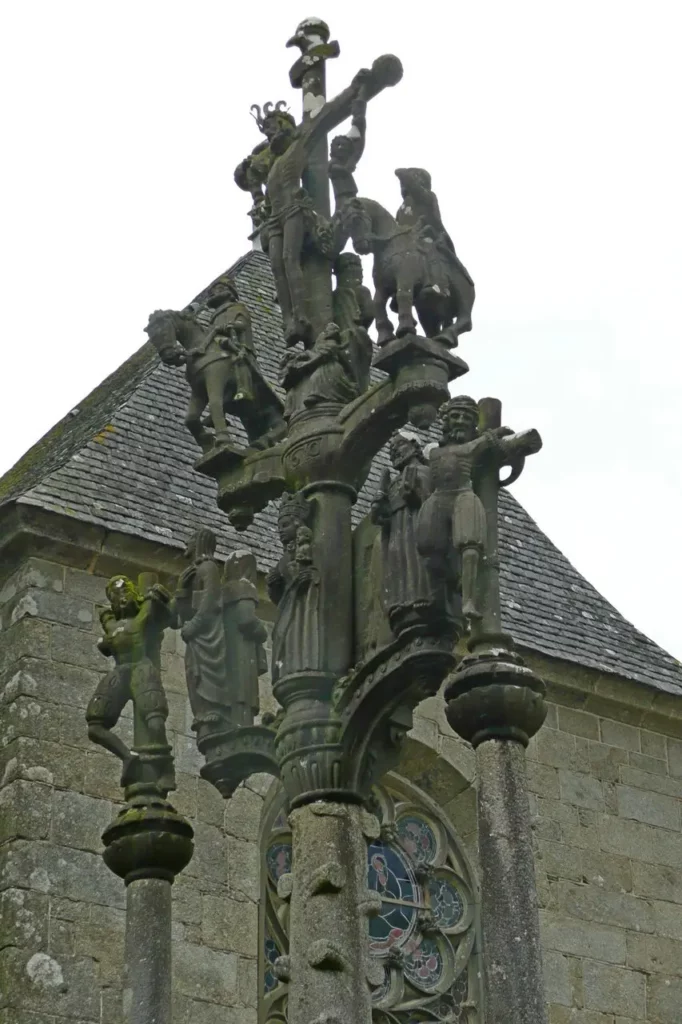

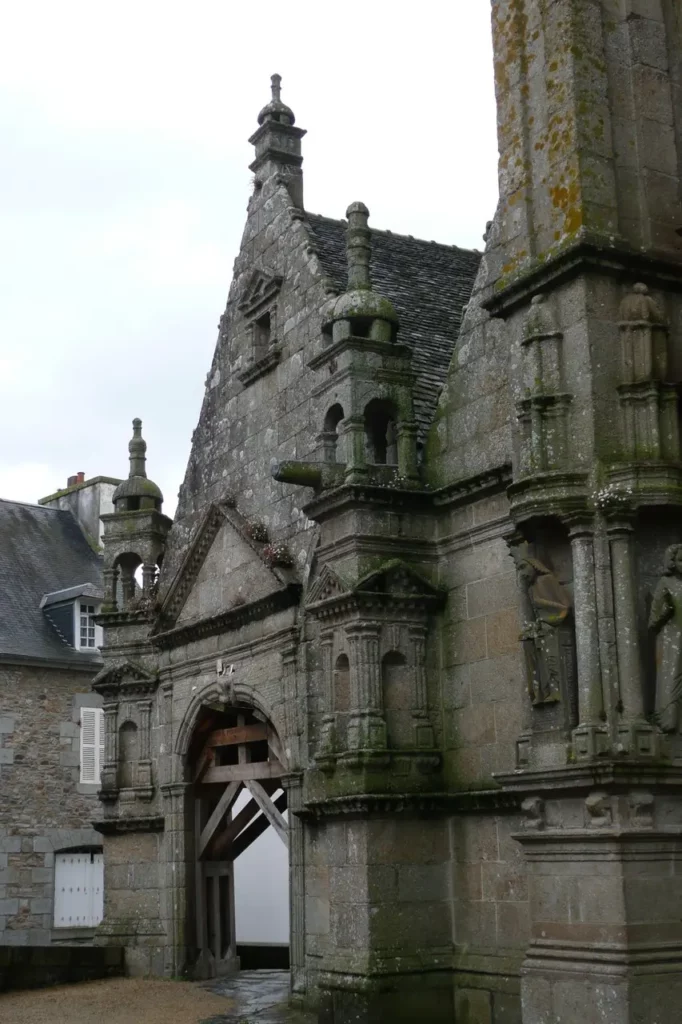
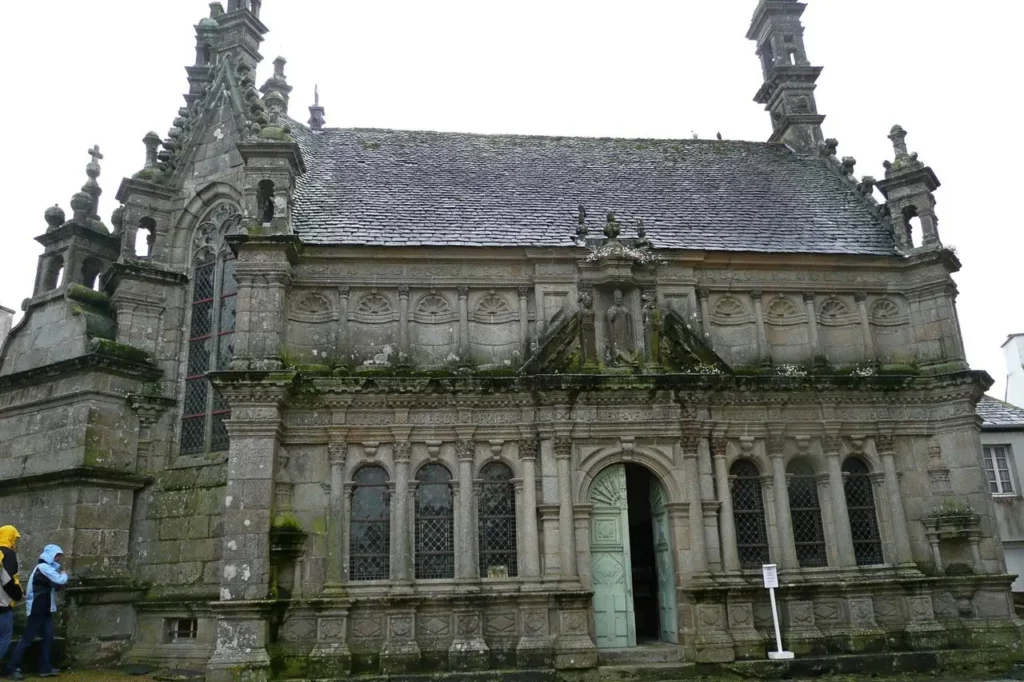
Brest
Brest (35) – a large city and a large seaport. After the Second World War, only memories, an old fortress and a tower remained from the old city.
The first fort was built by the Romans to protect the territory from the Saxons in the 3rd century. One wall survived from this fort, it was extended and built on. Since the beginning of the 5th century, when the Romans left the region, the fortress was owned by the Counts of León, the Dukes of Breton and, finally, the French kings, it was repeatedly reconstructed, fortified, and besieged during the wars for the Breton succession. She passed from hand to hand and for some time was in the hands of the British.
In the 17th century Richelieu, Colbert and Vauban set up a naval port and arsenal. During the Second World War, the fortress served the Germans. There was a submarine base in Brest, so during the liberation the city was destroyed. But the fortress was not badly damaged. Now it houses the Maritime Museum.
The Tanguy Tower on the opposite side of the river was built in the 14th century. Now, dioramas, documents representing the history of the city are exhibited here.
The tower and the Recouvrance bridge offer the best view of the fortress and the bay. Until 2008, the Recouvrance Bridge was the tallest vertical-lift bridge in Europe. In three minutes, the bridge can rise to a height of 26 m.
If you are lucky, you can see the beautiful large sailing ship Recuvrance in the port. It was launched in 1998. You can find out where the ship is on a specific day from www.larecouvrance.com. There, for 90 euros, you can buy a ticket for a day sailing trip.
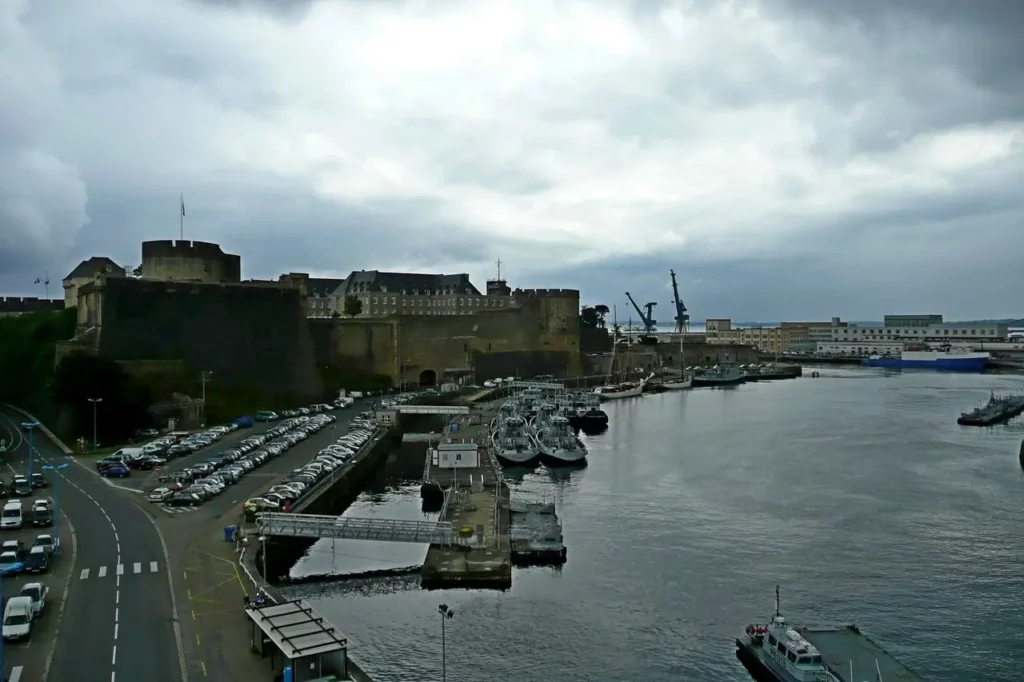
Oceanopolis
But the main attraction of Brest is the Oceanopolis. Three complexes – tropical, polar and temperate climates with many fish, seals and penguins. A large aquarium with sharks, huge pools for penguins and seals, a lot of smaller aquariums, a lot of multimedia installations – from magnifiers and microscopes to screens showing films, and computers with educational games and information.
During the day, fish, seals and penguins are fed once or twice. In general, this is a half-day trip at least, and in the season it may turn out to be more due to the mass of visitors.
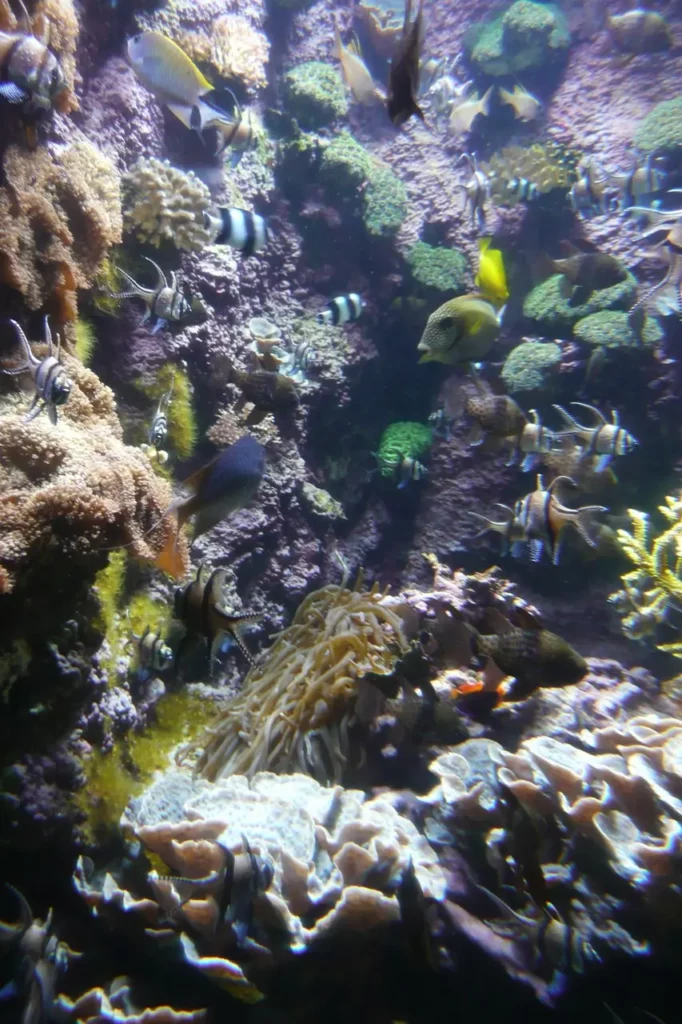
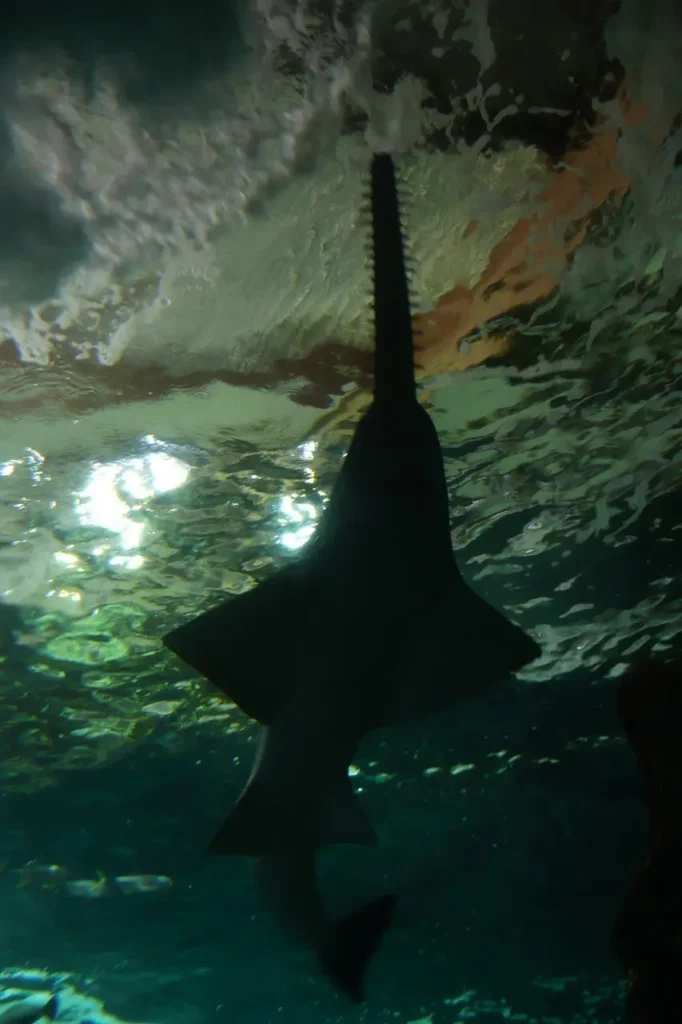
Every four years, Brest hosts a festival of large sailing ships.
Further – Crozon peninsula and Locronan.
Other posts about Brittany – #britanny.
Do you enjoy the site without cookies? This means that I work for you at my own expense.
Perhaps you would like to support my work here.
Or change your cookie settings here. I don’t use personalized ads

